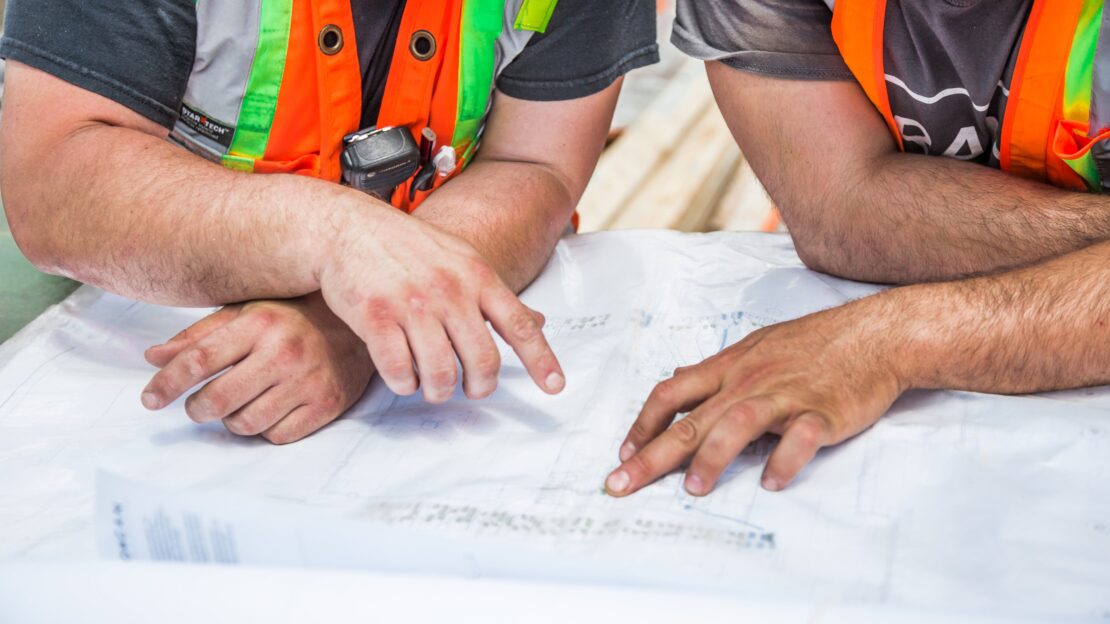Expanding on our article from April where we shared graphs showcasing developments in the retrofit industry, here’s six more retrofit statistics to keep you up to date. There is urgency, health, opportunities, and even billions of pounds on the table.
Table of Contents
1st Retrofit Statistic: 80% of homes occupied in 2050 have already been built

According to the UK Government and the latest estimations, 80% of the homes that will have been built by 2050 are already built now.
For comparison, 38% of homes built currently were built before the year 1946.
The UK Government estimates that 29 million of these homes will require retrofitting and extensive energy upgrades for our country to reach Net Zero by 2050.
Source: UK Parliament
2nd Retrofit Statistic: 7% of social-rented homes in the UK are reported to have problems with damp/mould, and 4% of social-rented homes are classed as being Category 1 hazards

Our second retrofit statistic might be quite shocking. Of the 3,720,000 socially-rented homes in the UK, 280,000 of them have reported problems with damp/mould, and 160,000 socially-rented homes are classed as Category 1 hazards. This means that they pose a serious and immediate risk to inhabitants’ health, safety and wellbeing.
This is particularly relevant to retrofit as this year introduces Awaab’s Law. From October, social landlords will be forced to investigate and fix dangerous damp and mould in set time periods and repair all emergency hazards within 24 hours. This law was introduced due to the unfortunate passing of Awaab Ishak after being exposed to mould in December 2020.
Awaab’s Law is being introduced in a phased approach over multiple years, but expect the demand for retrofit in socially-rented homes to have a sharp increase.
Source: UK Gov
3rd Retrofit Statistic: The Retrofit industry will be worth £360 billion by 2050

Our third retrofit statistic represents how massive retrofit will be within the coming years as we approach the national goal of Net Zero in 2050.
This ties in with the fact that 29,000,000 homes will need retrofitting to reach Net Zero.
As said by Searchland, retrofit development will quickly evolve from a niche concern to a major market opportunity. Currently, the construction industry in the UK is worth £138 billion in value-added and the construction industry’s revenue in the UK in 2022 was nearly £327 billion.
Note that this is not a yearly figure for the value of the retrofit industry, but rather an estimate of the total worth of the retrofit industry from now to 2050.
Source: Searchland
4th Retrofit Statistic: Heating Market Decarbonisation Needs to Expand 52x

As of 2022, the UK was decarbonising the heating market at a rate of 20,000 homes annually. According to the North East Combined Authority, the United Kingdom needs to reach a rate of decarbonising 20,000 homes per week by 2025 in order for the UK to reach Net Zero by 2050. This is a 52x increase.
We don’t yet have the numbers on how many homes are being decarbonised in 2025 but this does certainly show that demand for retrofits vastly outweigh the available supply of retrofit professionals, at least in the heating market.
Source: North East Evidence Hub
5th Retrofit Statistic: The results for ECO3

The Energy Company Obligation was first introduced in 2013 as a governent energy efficiency scheme. It places legal obligatiosn on larger energy suppliers to deliver energy efficiency measures to low income and vulnerable households.
ECO3, the third implementation of this scheme, ran from October 2018 to March 2022. There was a focus on insulation and heating measures, with a target estimated lifetime bill savings of £8,253,000,000.
This target was exceeded by over £200 million, with hundreds of thousands of homes left more energy efficient and with cheaper energy bills.
Source: OFGEM
6th Retrofit Statistic: Nearly half of UK homeowners see ‘eco-improvements’ as a status symbol

Our last retrofit statistic shows us that this year, a study of 2000 homeowners conducted by OnePoll and Skipton Building Society revealed that 47% of homeowners saw ‘eco-improvements’ (i.e. solar panels, loft insulation, triple-glazed windows) as a status symbol. More than a quarter said they knew a neighbour that made energy-efficient changes to their home, with 53% of those people saying they were inspired to do the same.
Source: Skipton Building Society, published by The Sun
You’ve seen stats about it, but you want to learn more about what retrofit actually is?
Whether you’re a homeowner about to begin a DIY retrofit project, an architect wanting to know everything there is to know about sustainable building, or a builder, plasterer or plumber looking to fill your order book and think ahead for the future, Retrofit Skills will provide you with a solid foundation in retrofit knowledge.
Retrofit Skills is a hybrid course with 9 hours of practical sessions and 6 hours of online learning that you can fit around your schedule. Each module is assessed and accredited by ABBE, a built environment specialist awarding body. The ‘stackable’ approach to training allows learners to build and evidence training achievements as they move through their careers.
The Green Register builds upon 24 years of sustainable construction training. Retrofit Skills has been developed in partnership with experts including PAS2035 technical author, Dr Sarah Price, with every practical Heat Pumps, Ventilation, and Insulation & Airtightness session being led by local experts in their industries.

